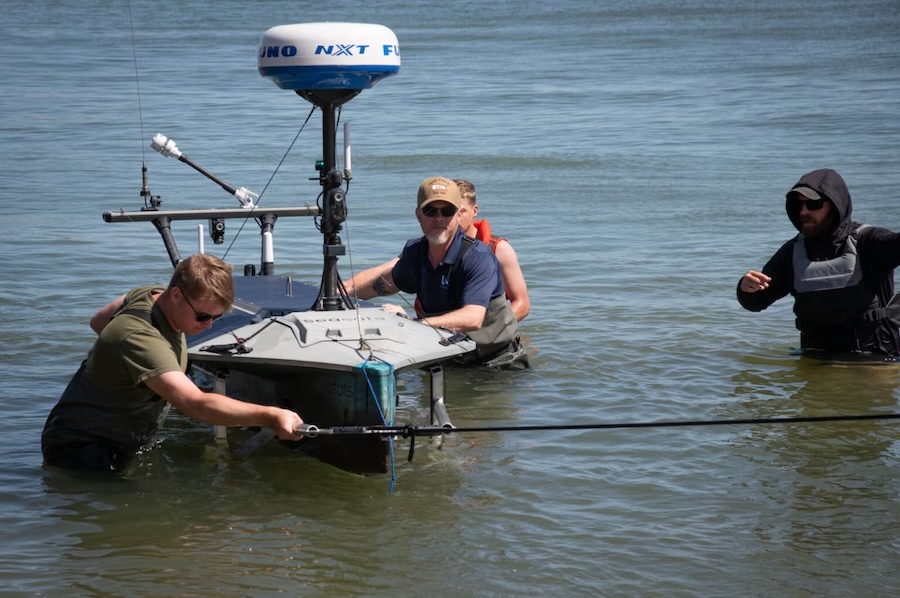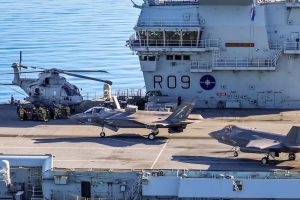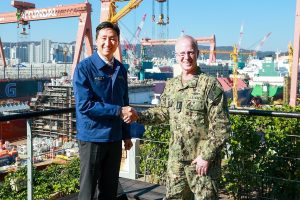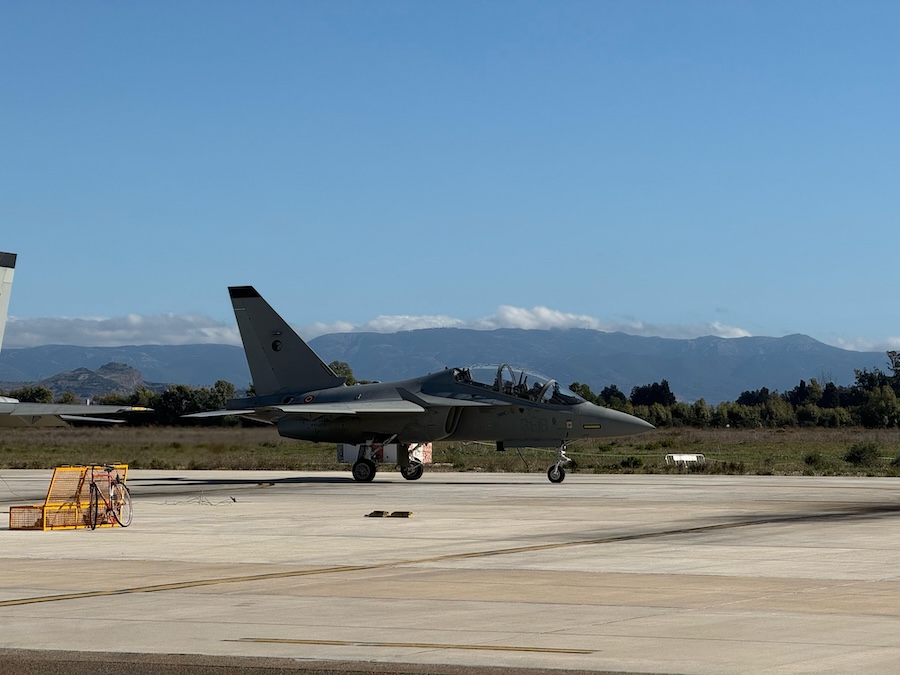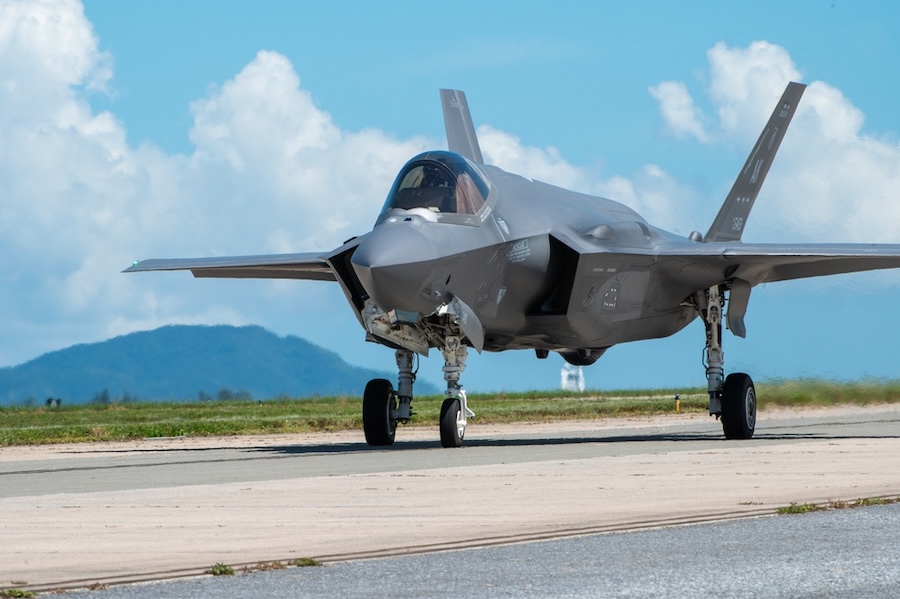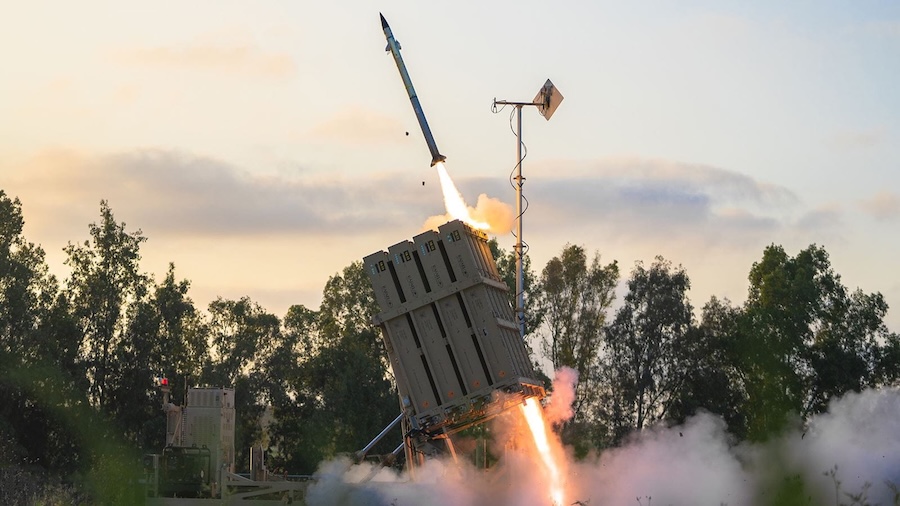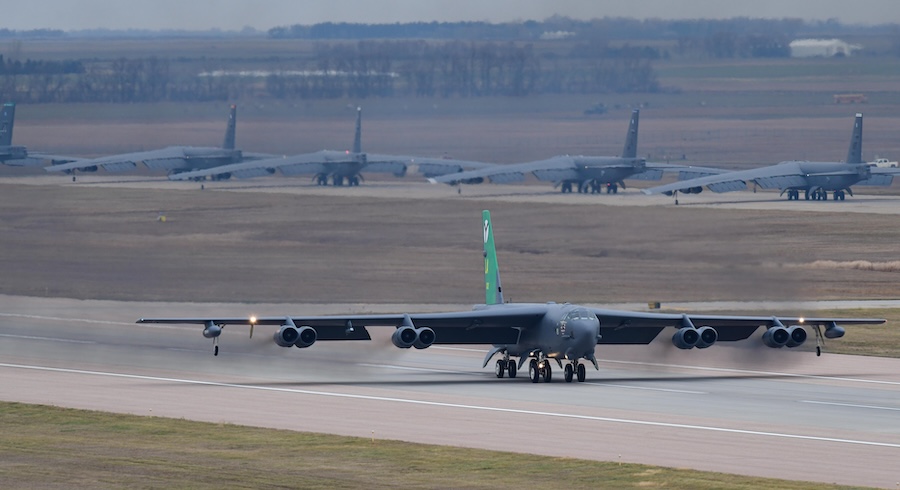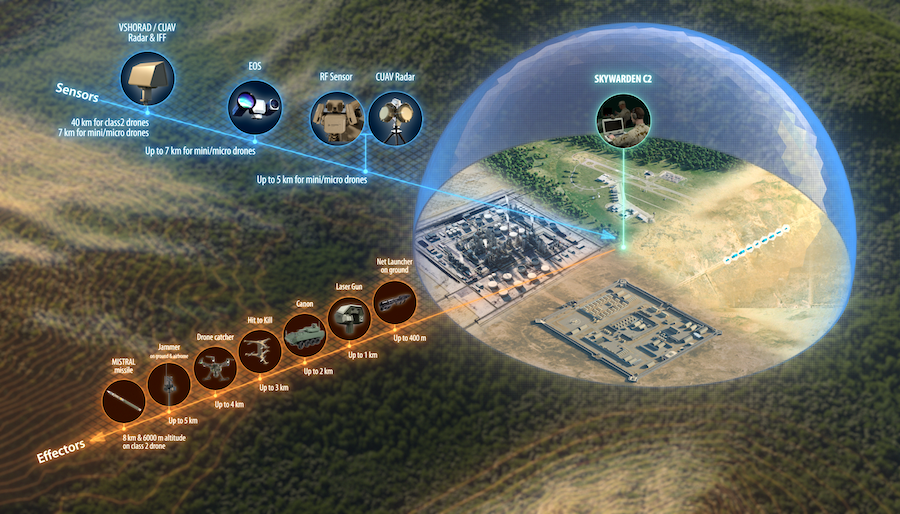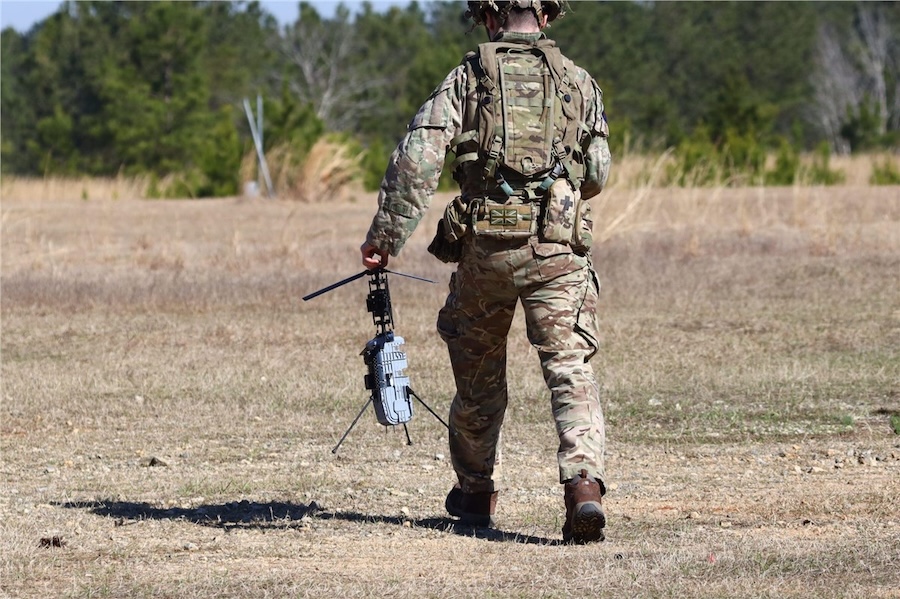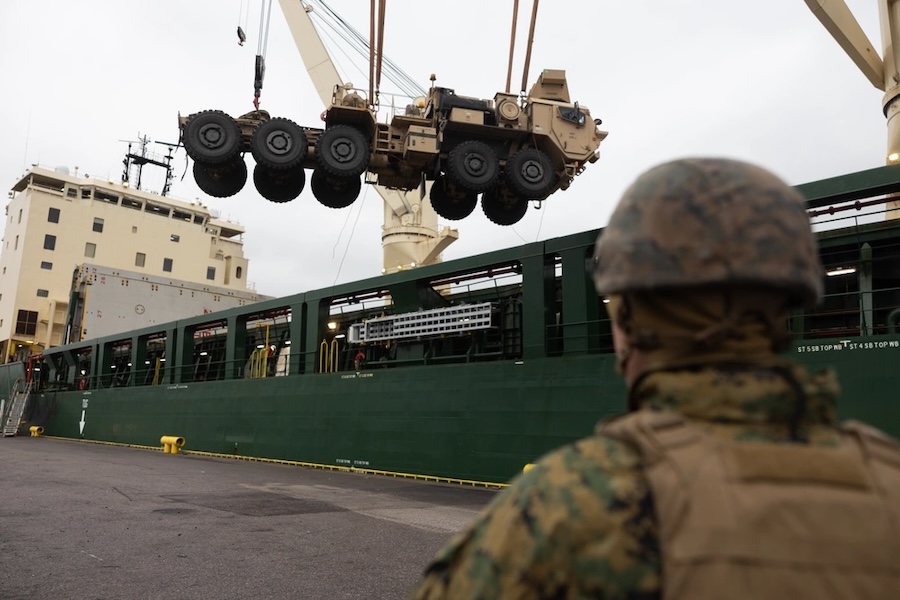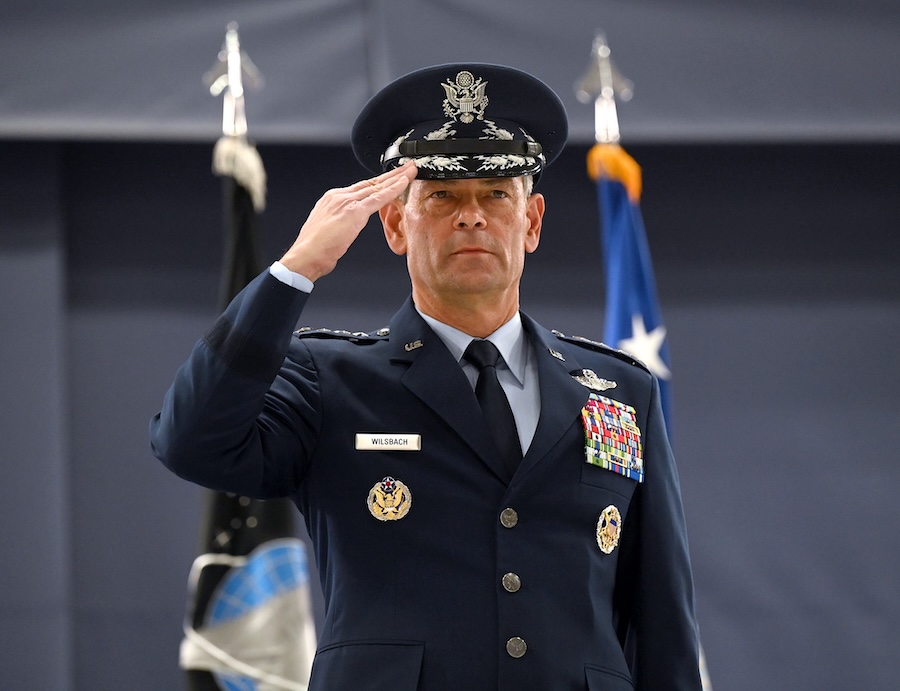Engineers launched the solar powered vessel from Sullivan’s Island, South Carolina, in late June after systems checks and a brief christening. Michael Grass, the team’s lead scientist and programme manager, waded into the water to set the USV on its 4,000 mile route.
“With the launch of this small, unmanned surface vessel, we’re pushing the boundaries for what we can do with maritime domain awareness,” Grass said at the launch. “No one has been on the water for this long of a journey. So, it’s a big proof of concept, not only for the reliance and durability for the platform itself but for testing the rigor of the data architecture.”
The vessel then spent more than 60 days at sea without human contact as it travelled between the United States and Europe. It arrived safely in early September to a warm welcome from supporting teams.
Although the mission was hands off, the crossing was closely monitored by engineers and fleet watch floors using cameras, software and real time telemetry. “The objective is to prove that we can execute command and control of a USV across the Atlantic, where we are crossing not only the body of water, but also crossing areas of responsibility,” Grass explained.
“We’re able to demonstrate a follow-the-sun command and control approach,” he continued. “At least twice per day, we would change command and control and oversight of this vessel between various Navy numbered fleets. Every morning and every evening, there was essentially a change of command, and ownership, and oversight of this particular vessel for the entirety of the duration.”
Commander, Task Force 66 supported the recovery during the Robotic Experimentation and Prototyping using Maritime Uncrewed Systems exercise hosted by Portugal. Navy Lt. Alexander Varon said the transit marked an important step in unmanned surface vessel development.
“I think people tend to underestimate just how manned unmanned operations are,” Varon said. “Not only is there a large manned footprint when it comes to the deployment, the recovery and the care and feeding of these craft, as well as the actual operations, but there is a massive engineering support role, specifically that we’re receiving from NIWC Atlantic over in Charleston, South Carolina, that is helping connect these different types of craft all into a single ecosystem of systems.”
The scheduled arrival allowed Lightfish to immediately join REPMUS, a major NATO experimentation event involving more than 30 nations, centres of excellence, industry and academia. The participation offered a chance to showcase the vessel’s endurance and contribute directly to collaborative unmanned systems work.
“Being able to bring Lightfish directly into REPMUS following its transatlantic journey is a tremendous force multiplier,” Grass said. “It allows our engineers to validate real-world endurance while immediately contributing to NATO’s collaborative experimentation environment.”
Despite months at sea, Lightfish required only minor repairs, some fuel for its generator and cleaning as UNIT teammates and partners brought it ashore. Teams removed barnacles and carried out inspections before preparing the vessel for further operations.
“Lightfish’s successful crossing highlighted not only its durability but also the Navy’s progress in harnessing unmanned systems to enhance maritime domain awareness,” said Eric Stephenson, UNIT lead systems engineer with NIWC Atlantic.
The achievement supports wider Navy plans to integrate unmanned systems into operational frameworks and extend reach while reducing risks to personnel. “Every nautical mile that Lightfish sailed autonomously and every data packet that was transmitted back helped push us closer to operationalizing a global unmanned fleet architecture,” said David Bate, a NIWC Atlantic engineer with UNIT.
“As demonstrated here, USVs, and drones in general, are proving themselves to be quite an asymmetric threat,” Varon said. “Unmanned assets are [lower cost options that are easier to replace] and we can put them into dangerous environments without risking human life — freeing up our national assets for more important mission tasking or giving them longer periods of time to work through their maintenance availabilities and stay up to speed.”
Lightfish will now continue at sea as it heads to Africa for another exercise before returning across the Atlantic to Charleston. NIWC Atlantic will keep studying its performance to improve autonomy, endurance and data integration for future missions.
“Lightfish showed us, once again, what is possible in the unmanned realm,” Grass said. “Now our job is to continue to build on that momentum — integrating lessons learned into the Navy’s unmanned strategy and strengthening interoperability with our NATO partners.”




